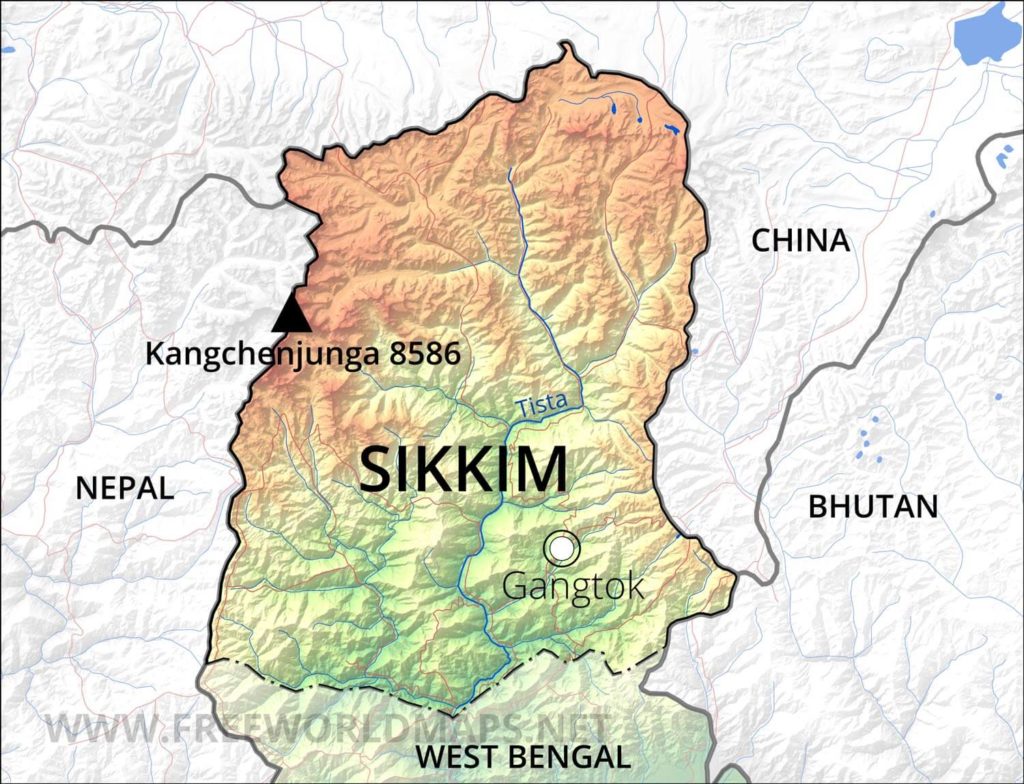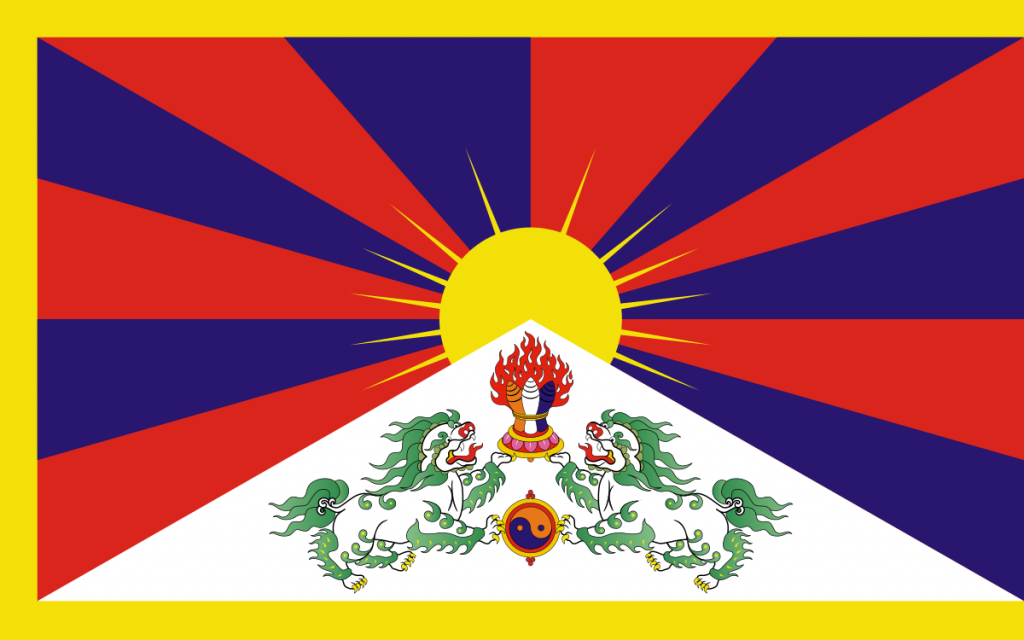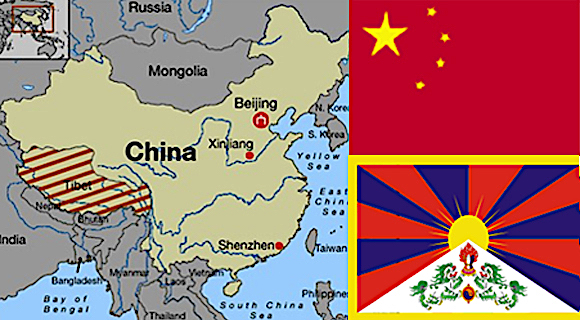Guest piece by Tsewang Dorji, A Visiting Fellow at The Tibet Policy Institute
The Naku La face-off in North Sikkim at the height of COVID-19 ends, but the dispute over the Tibet – Sikkim boundary begins.
The Sino-Indian borders of Sikkim and Himachal Pradesh are considered as undisputed between India and Chinese-occupied Tibet.
But China has recently opened new fronts in the Indian states of Sikkim and Himachal Pradesh, in a so-called “Early Harvest” strategic move by Beijing.
This aims to bring India into China’s own orbit of geopolitical influence by leveraging a Sino – Indian border bulwark against India.
A well-known defence expert, Claude Arpi writes in his blog: “A couple of months before the beginning of the Doklam episode in 2017, Luo Zhaohui, the Chinese ambassador in New Delhi, was invited to deliver a talk at a well-known think tank in the national capital. In the course of his speech, Luo mentioned some “early harvest”.

When the moderator, a senior Indian diplomat, asked him what he meant by “early harvest”, Luo enigmatically said it was related to Sikkim. The knowledgeable audience did not really understand what he was trying to convey. It is a fact that in early 2017, everyone in New Delhi thought the Sikkim border was a settled issue”.
The Naku La scuffle on May 9th, and Chinese helicopters violating Indian air-space on April 11th, and April 20th, at Sumdo on the border of Himachal Pradesh are indications of China’s “early harvest” strategic move in the new form of border incursions against India.
The Naku La is situated at the border of the Indian state of Sikkim and Chinese occupied Tibet in the Eastern Himalayas.
Inhabitants of North Sikkim and Tibetans call it “Nak-po-la”, which means “Black Pass”. In Tibetan, “Nak-po” means black and “La” means mountain pass.
Topographically, Naku La sector is a no-man’s land.
Traditionally, Tibetan nomads grazed their sheep and yaks in Naku La sector, Muguthang and Lhonak during the summer and returned to Tibet when winter approached.
This traditional right of cross-border migration ceased after China and India fought border wars in 1962.
India shares its 3488 km border with Chinese-occupied Tibet which stretches from Ladhak to the Indian state of Arunachal Pradesh.
Sikkim also shares its 220 Km border with Tibet, which was laid by the Anglo-Chinese Convention of 1890 without informing or inviting Tibet to participate in said Convention.
The first article of Convention defined the boundary between Sikkim and Tibet, which reads, “The boundary of Sikkim and Tibet shall be the crest of the mountain range separating the water flowing into the Sikkim Teesta and its affluents from the water flowing into the Tibetan Mochu and northwards into the rivers of Tibet.
The line commences at Mount Gipmochi on the Bhutan frontier and follows the above mentioned water parting to the point where it meets Nepal territory”.
George Ginsburg and Michael Mathow advocate that “He who holds Tibet dominates the Himalaya piedmont, he who dominates the Himalaya piedmont threatens the Indian subcontinent and may well have all of South Asia within his reach, and with that all of Asia”.
Since the 19th century, the Chinese nationalists have called Tibet China’s open back door.
On top of this, they regard Tibet as of geo-strategic importance for China to expand its geopolitical ambitions in Asia.
Before the Chinese invasion of Tibet in 1950, Tibet served as a buffer-state between India and China for more than two thousand years.
Tibet’s historical role as a buffer has now shifted to Nepal, Bhutan and rest of the Himalayan regions.
Hence, the Himalayas constitute an epic-centre for the new ‘Great Game’ between the two Asian giants.
The recent Naku La face-off in north Sikkim and Chinese helicopters violating Indian air-space in India’s western sector are signs the ‘Great Game’ in the form of China’s “early harvest” strategic move in the Sino-Indian border.
Therefore, making Tibet a peace-zone in Asia is the ultimate solution required in bringing about harmony, to have it serve as a bridge between India and China, and to help end this latest ‘Great Game’ in the Himalayas.












Comments are closed.